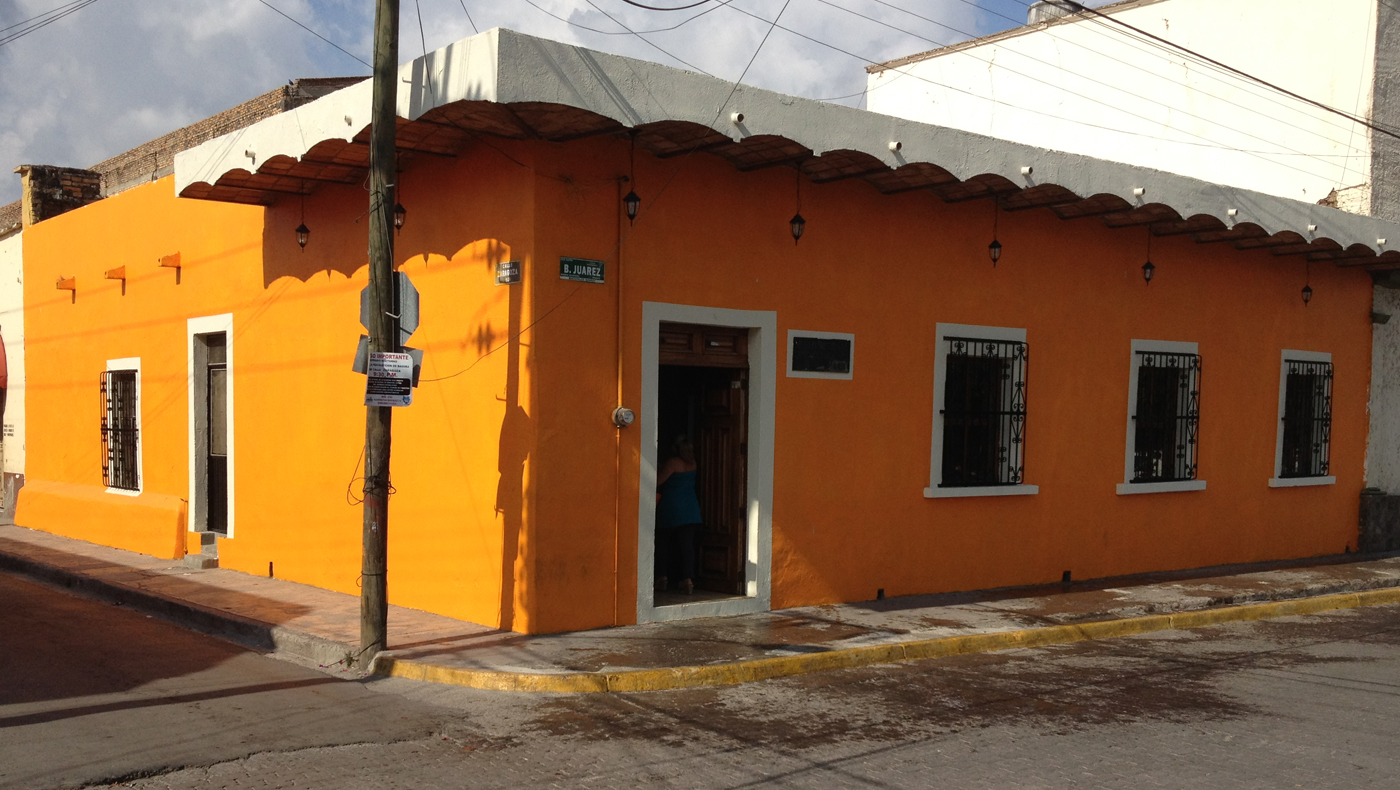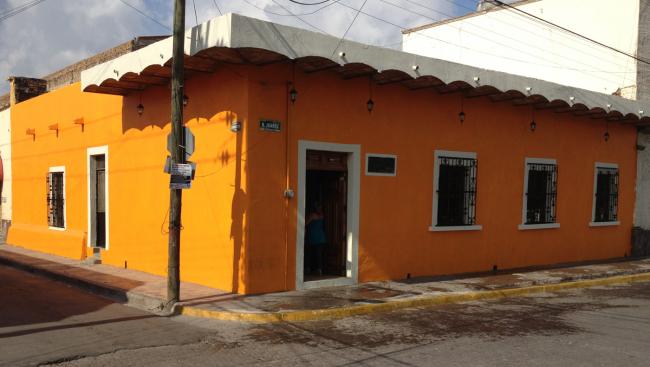Compostela Museum came about through the efforts of Salvador Gutiérrez Contreras (1918-2009), who was the representative of the National Institute of Anthropology and History in the city with responsibility for the municipal archeological sites. It was Gutiérrez Contreras who asked the municipal authorities for space in the Town Hall to set up a museum. It was opened in 1977 on the north side of the Municipal Headquarters building.
The museum covers the archeology of Nayarit and its local history from the Spanish conquest to the present day. The significance of the museum comes from the fact that Compostela was the capital of the kingdom of New Galicia from 1540 to 1560, after which the seat of government transferred to Guadalajara, and also because of the increasing popularity of the city among tourists from the coast.
Compostela Museum moved into its current eighteenth century building in the historic center of the town in 1998. The building had previously served as the municipal prison, a military garrison for the 6th Battalion and the Franklin D. Roosevelt Public Library in 1947, which was renamed the Rosa Navarro Public Library 11 years later.
The archeological collection is the pride of the museum with 685 pieces collected mainly by Salvador Gutiérrez Contreras relating to the Shaft Tomb tradition of the Classic period, the Postclassic Aztatlan tradition and to the culture known as Mololoa Urns. There are anthropomorphic and zoomorphic clay sculptures from the above cultures, stone artifacts, a rich variety of shell objects such as beads, bangles, bracelets and pendants, obsidian objects such as cores, prismatic blades, knives and projectile tips, as well as metal objects including rattles, hooks, needles, and from a much more recent period there are important examples of Chinese ceramics. The archeological collection of this southern region of the state is so rich that it has become the outstanding part of Nayarit’s regional museum.
The historical collections include 116 items, 83 of which are displayed in the gallery: coins and bank notes from the Revolutionary period, weapons such as revolvers, rifles, bayonets and swords from the nineteenth and twentieth centuries, as well as a cannon from the port of San Blas originally cast in the eighteenth century. This material is complemented by documents and illustrative material such as reproductions, photographs, drawings and maps, with a photographic gallery of municipal presidents.













